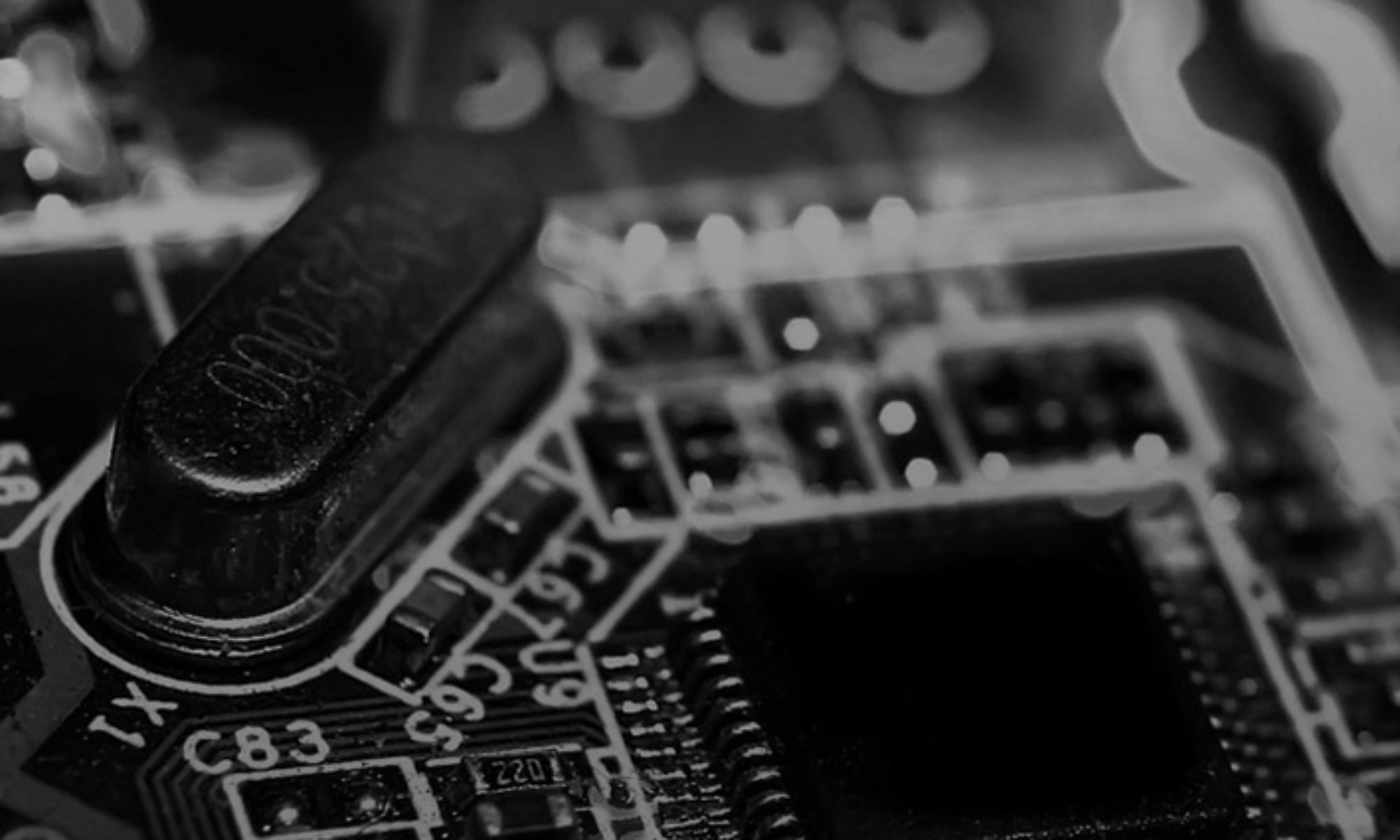The Institute of Professional Representatives before the EPO (epi) has published a table summarizing the state of the ratification and the planned local, regional and central divisions of the UPC.
Beyond the 11 countries (Austria, Belgium, Bulgaria, Denmark, Finland, France, Luxembourg, Malta, Netherlands, Portugal, and Sweden) which have ratified the UPCA and deposited their instrument of ratification, the 15 remaining states can be divided between those that have made progress towards ratification, and those that have either come to a standstill or have not yet started the process of ratification.
I. Countries which have the least satisfactory record for ratification:
Cyprus: No progress with regard to ratification.
Czech Republic: According to the epi, although no progress has taken place regarding ratification “a study is expected to be carried out on the impact of the UPC on Czech firms and on the Czech economy and budget.“
Croatia: The position of the new government on joining the enhanced cooperation in view of taking part in the UPC is awaited.
Greece: No progress with regard to ratification.
Hungary: No progress with regard to ratification but “(a) study on the impact of the UPC on the Hungarian economy, ordered by the Hungarian Patent Office, was conducted by PWC. The outcome of this study was negative. However, a new study, ordered by the Ministry of Justice, as the competent body, is under preparation by EY. The result of the study will not be binding.“
Ireland: The new Irish government has shown no political willingness to organise a referendum for the ratification of the UPC.
Poland: After participating to the enhanced cooperation, Poland decided not to sign the UPCA. Its position has not changed.
Slovak Republic: No progress regarding ratification. the Slovak government “will wait until the system is operational. Officials are discussing whether a study on the impact of the UPC on the Slovak economy should be conducted. There are concerns about the increase in density of patents, the level of the fees and the pro-patent approach of the UPC. The Ministry of Justice will look into the CJEU decisions.“
Spain: The position of the new government on the unitary patent package is awaited.
II. Countries that have moved towards ratification :
Estonia: According to the epi, the Estonian Ministry of Justice “has made a draft law for ratification. This has been circulated at the end of September 2016 among Estonian patent attorneys for opinion. The date for ratification is not yet known.“
Germany: The ratification bill has been brought before Parliament. More here.
Italy: “On 30 Sept 2015 Italy has joined the unitary patent and became the 26th member of the enhanced cooperation on unitary patent protection. After approval by the Government, the Italian Parliament (…) has approved the UPCA ratification instrument.” Italy has not yet however ratified the UPCA. More on the italy participation to the UPC here, here, here, and here.
Latvia: According to the epi, the Ministry of Justice had planned “to submit documents on the ratification to the Cabinet of Ministers in the first half of year 2016“. Latvia has not however ratified the UPC yet.
Lithuania: “Draft legislation to ratify the UPCA, to amend the patent law and to establish the regional division has been submitted to Parliament.” However, the epi indicates that due to the coming elections, the UPCA ratification is not expected before spring 2017. More here.
Romania: “In Romania, the ratification process is ongoing. The Protocol on provisional application was signed on 14 September 2016. (…) Ratification by Romania is expected to be finished in the second half of 2016.“
Slovenia: “In Slovenia the legislation for ratification of the UPCA has been approved by Parliament. The Government is expected to deposit the instrument of ratification shortly, as it announced at the meeting of the EU Competitiveness Council on 29 September 2016.“
III. Situation of the UK:
The UK adopted the Statutory Instrument [SI] in March 2016. See here. This SI adapts the national patent law with respect to the UP and the UPC. It will enter into force when the UPCA enters into force. A second SI is required to implement to the Protocol on Privileges and Immunities. This is expected to be finished within short time.
However, now that the UK has decided to leave the EU it is unclear whether it will ratify the UPCA. The epi emphasises that “(t)he UK may only continue to participate in the Unitary Patent by entering into a new international agreement with the participating EU Member States. Further, it is legally possible for the UK to continue to participate in the UPC after “Brexit” and to host the Life Sciences/Chemistry section of the court, but changes would have to be made to the UPC Agreement.” And finally, “(t)he UK’s continued participation would require it to submit to EU law regarding proceedings before the Court. It would also need to sign up to an appropriate jurisdiction and enforcement regime“.
The UPC Blog has looked in depth at the multilayered issues surrounding Brexit and the UPC, which you can find here:
“What is the impact of the UK’s referendum on its EU membership on the UPCA?”
“What future for the UPC now that the UK has voted to leave the EU?”
“The future of the Unitary Patent package as seen by the EPO”
“UK’s IPO update on Brexit”
“More on Brexit from the AIPPI”
“An inquiry into the effect of Brexit on the UPC and UP“






